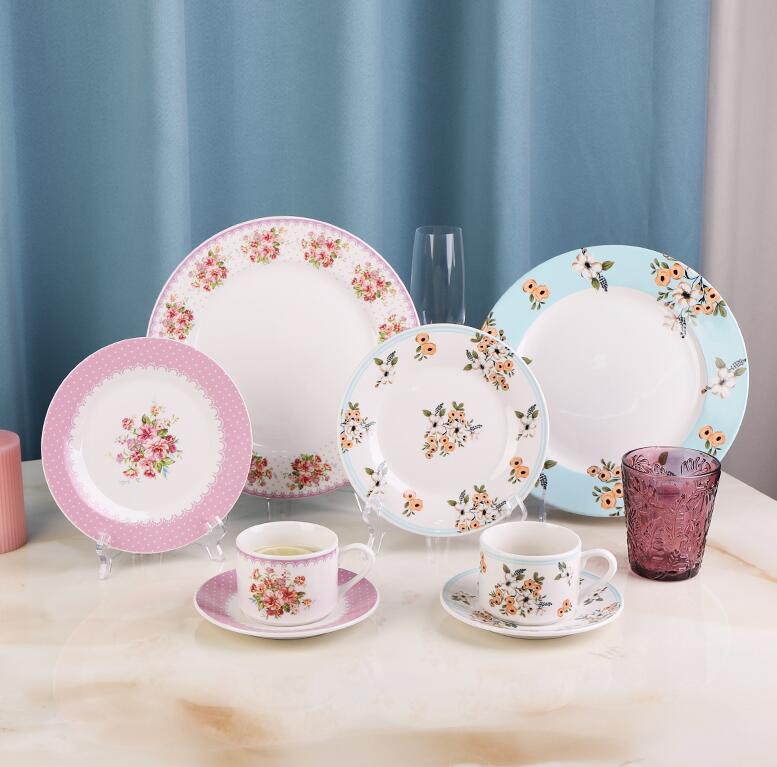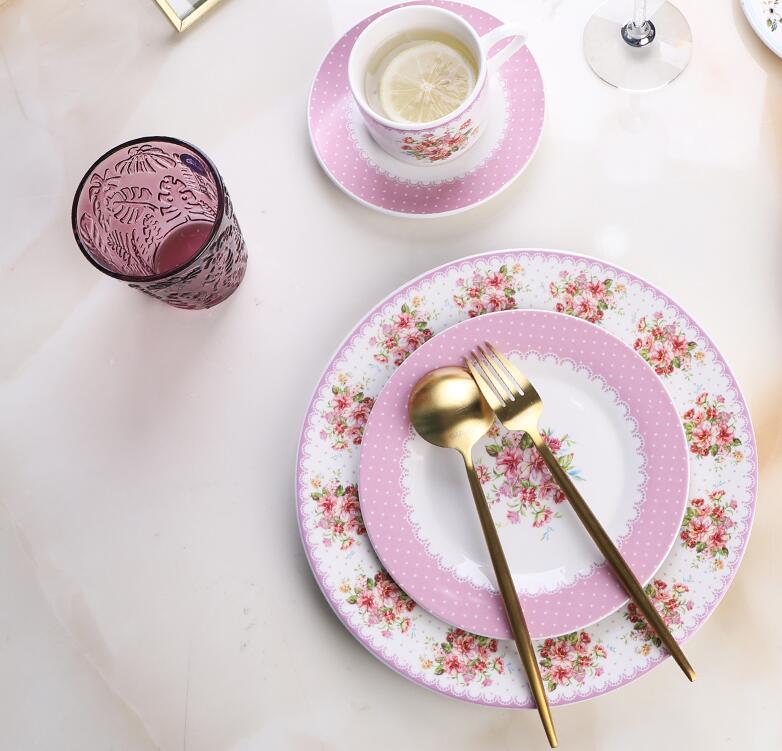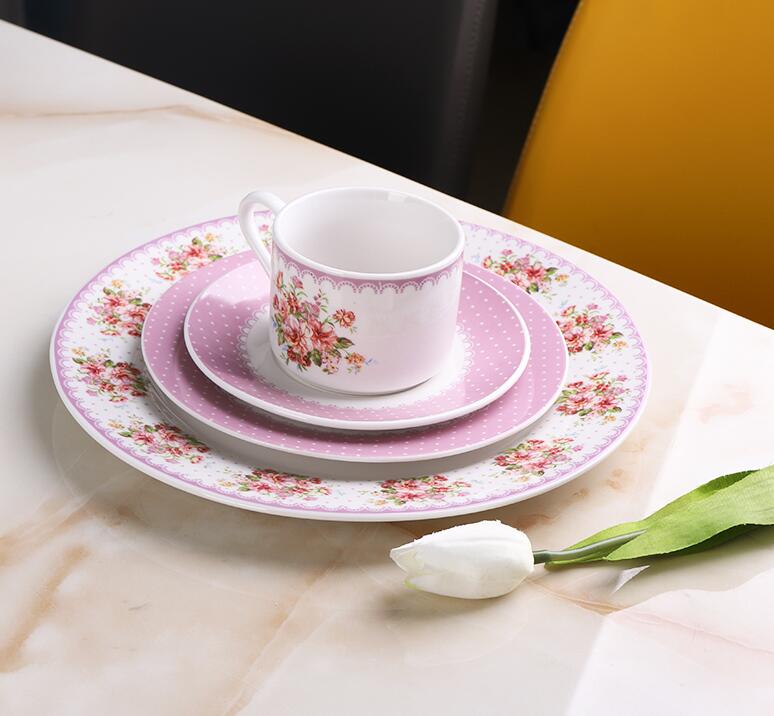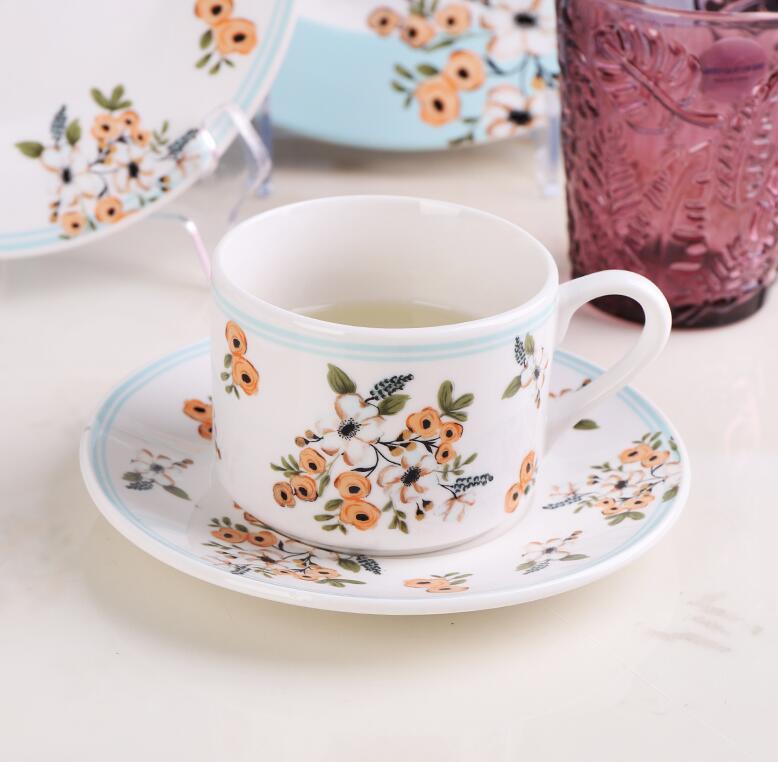Pulished on Jun. 19, 2024
When it comes to choosing tableware, two popular options are ceramic and glass. Both materials have their unique qualities and advantages, but which one is better suited to your needs? In this article, we'll compare ceramic and glass tableware across several factors to help you make an informed decision.

1. Aesthetic Appeal:
Ceramic tableware offers a wide range of aesthetic possibilities. It can be glazed in various colors and patterns, allowing for artistic and decorative designs. The tactile quality and earthy tones of ceramics add a touch of warmth and charm to any dining setting.
Glass tableware is known for its elegant and sleek appearance. It provides a sense of sophistication and modernity with its transparent or translucent finish. Glass can also be tinted in different colors or feature intricate patterns, making it a versatile choice for various table settings.
2. Durability and Maintenance:
Ceramic tableware is generally durable and resistant to chipping and scratching. High-quality ceramic pieces, especially those that are properly glazed, can withstand regular use and last for many years. However, ceramic is more prone to breaking if dropped.

Glass tableware, while also durable, can be more susceptible to breaking and chipping compared to ceramics. Tempered glass is a more robust option that offers increased resistance to breakage. Glass is typically easier to clean and doesn't retain odors or stains.
3. Heat Retention and Microwave Use:
Ceramic tableware excels in heat retention, keeping food warm for longer periods. It is also generally microwave-safe, provided there are no metallic elements in the glaze. Ceramic can withstand high temperatures, making it ideal for baking and serving hot dishes.
Glass tableware, particularly borosilicate glass, is also microwave-safe and can handle temperature changes well. However, it may not retain heat as effectively as ceramics. It's important to check if the glass tableware is labeled as microwave-safe before use.
4. Versatility:
Ceramic tableware is versatile and suitable for a variety of dining settings, from casual to formal. It can be used for serving both hot and cold dishes and is available in a wide range of styles, from rustic to modern.

Glass tableware is equally versatile and can be used for a wide range of dining occasions. Its transparent nature allows it to showcase the food beautifully, making it an excellent choice for desserts, salads, and beverages.
5. Environmental Impact:
Ceramics are made from natural materials like clay and are generally considered environmentally friendly. They are long-lasting, reducing the need for frequent replacements. However, the production process can be energy-intensive.

Glass is also made from natural materials and is fully recyclable, making it an eco-friendly option. The production of glass can be less energy-intensive compared to ceramics, especially when using recycled glass. Tempered glass, in particular, is designed to be more durable and long-lasting.
Both ceramic and glass tableware have their unique benefits and considerations. Ceramic tableware offers excellent heat retention, a wide range of aesthetic options, and a tactile dining experience. Glass tableware, on the other hand, provides a sleek, modern look, is easy to clean, and can showcase food beautifully. Your choice ultimately depends on your specific needs, preferences, and dining style. Whether you prefer the warmth of ceramics or the elegance of glass, both materials can enhance your dining experience in their own distinct ways.